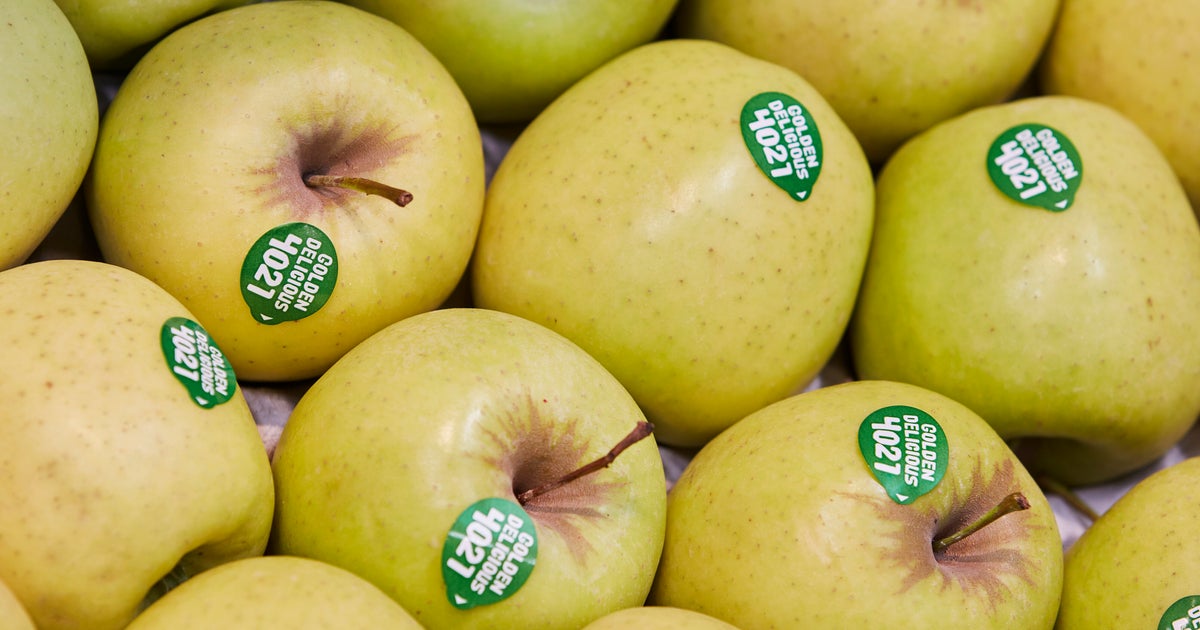Have you ever wondered why fruits and vegetables have stickers on them? If you thought it was solely for the purpose of scanning the price at the grocery store, you would be mistaken. There is more to these stickers than meets the eye. These stickers, known as PLU (price look-up) codes, play a crucial role in the supply chain, from packaging and shipping to selling at the grocery store. They are also helpful for consumers, but understanding what the numbers mean is key.
PLU codes are assigned and regulated by the International Federation of Produce Standards, a global industry group. Before a produce item receives a PLU code, it goes through an approval process that involves meeting requirements and receiving support from produce associations worldwide. These labels serve as a means to identify produce, keep track of inventory, and indicate the variety and country of origin.
For shippers and packers, PLUs help ensure that the right product is delivered to the customer and can be easily traced in case of a recall. Grocery stores benefit from PLUs as they provide information on the variety, price, and point of origin of fruit and vegetables. Cashiers and self-checkout machines can accurately identify items based on the assigned number on the sticker.
Deciphering the PLU code can also tell you if a product is organic or conventional. A four-digit PLU means it is conventionally grown, while a five-digit PLU starting with the number 9 indicates a certified organic item. The numbers are global, allowing consumers worldwide to understand the code.
Not all produce items have stickers, as it depends on how and where they are packaged. Bagged or boxed produce usually have their own barcode, and the size of the produce may also influence the decision to assign a PLU. Fruit is more likely to have a sticker compared to vegetables or herbs. Stickers are not meant to be eaten, but if accidentally ingested, there is no cause for concern as they are not toxic.
When removing these stickers, it is important to dispose of them in the trash, as they are not biodegradable and will not break down in a compost pile or bin. By understanding the purpose and significance of these PLU stickers, consumers can make more informed choices and have a better understanding of the produce they purchase.
Denial of responsibility! VigourTimes is an automatic aggregator of Global media. In each content, the hyperlink to the primary source is specified. All trademarks belong to their rightful owners, and all materials to their authors. For any complaint, please reach us at – [email protected]. We will take necessary action within 24 hours.


